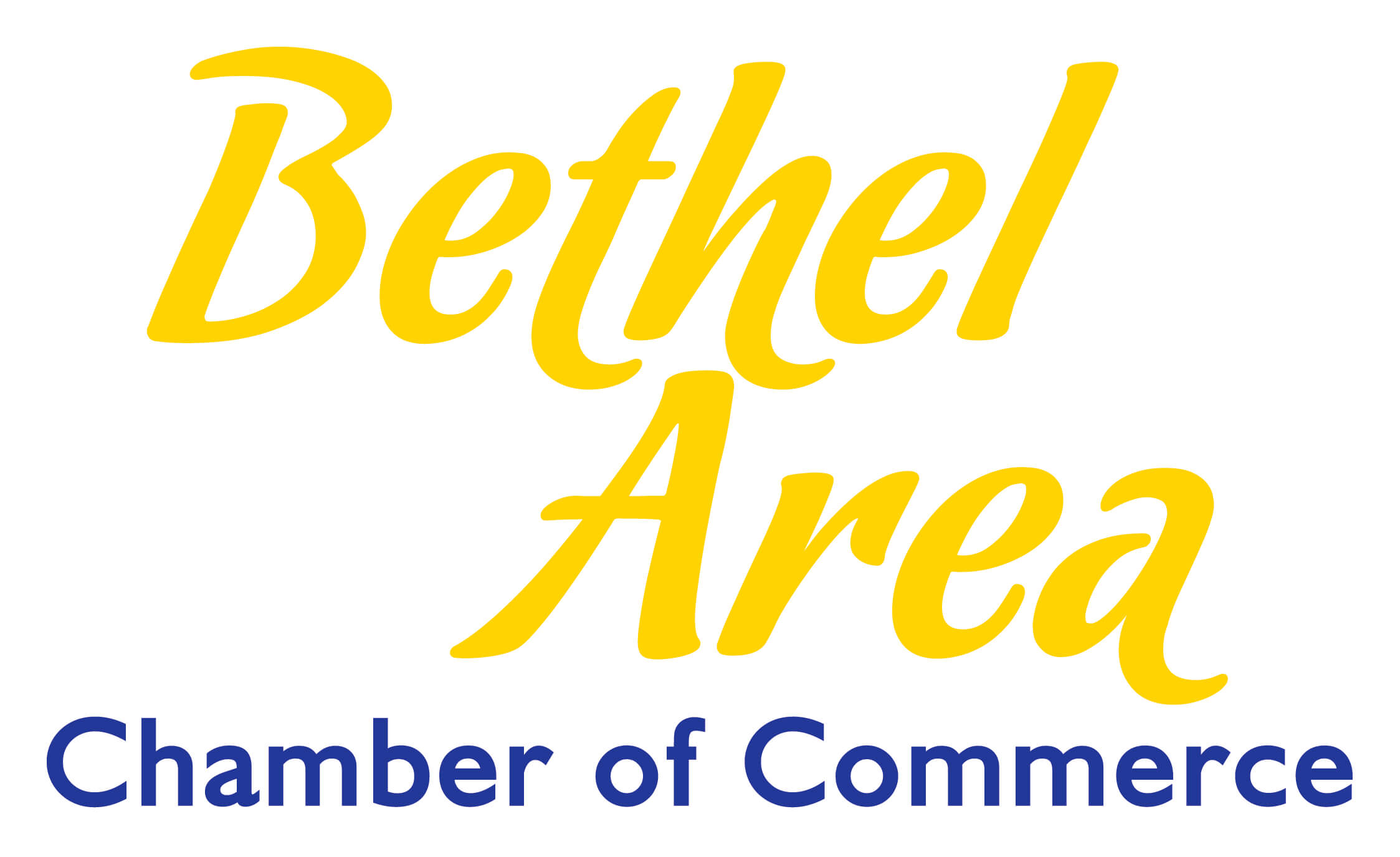How Small Business Owners Can Steer Through Organizational Change Without Losing Their Minds
Change inside a small business doesn’t sneak in quietly—it kicks the door open. Whether you’re reworking your product line, switching up leadership roles, onboarding new tech, or trying to survive economic curveballs, change can throw your entire rhythm into chaos. The stakes are especially high for small business owners, where even minor shifts can ripple through the entire operation. But handled right, change doesn’t have to mean collapse—it can spark clarity, grit, and fresh growth.
Rebuild the Culture From the Inside Out
Culture often gets treated like a passive byproduct—something you feel but don’t fix directly. But when your business hits a change cycle, culture becomes one of your most powerful levers. You need to be intentional about reinforcing values, realigning expectations, and creating space for open dialogue, even if the topics are uncomfortable. According to recent insights on how leaders reshape toxic cultures, this internal work can quietly determine whether the shift fails or flies.
Cut Through the Noise With a Core Message
Small businesses live and die by clarity. If your team can’t explain what’s changing, why it’s happening, and what their role is by the end of your first conversation, you’ve lost your window to lead. Nail down a short, strong message that repeats across emails, one-on-ones, Slack threads, and team meetings. You’re not just giving updates—you’re teaching people how to think about what’s next.
Create a Blueprint, Then Lock It In
You don’t need to reinvent the wheel every time change rolls in—create a detailed guide that outlines your full change process from initial planning through to implementation and final evaluation. This living document should cover who owns what, when milestones hit, and how success is measured so no one’s left guessing mid-pivot. Saving it as a PDF keeps your framework clean, consistent, and easily shareable across devices without formatting issues. And if your team needs to adjust the workflow later, using a PDF editor for collaborative projects means you can tweak directly in the file without juggling multiple formats or losing version control.
Outsource Disruption When You Can’t Handle It In-House
There’s no shame in admitting that your internal team isn’t built for certain changes. Bringing in outside consultants, temporary specialists, or change management professionals for small firms can relieve the internal pressure and keep things moving forward. Let your core staff stay focused on customers while experts help transition your operations behind the scenes. Just make sure these outsiders respect your company’s identity and don’t bulldoze the culture.
Listen More Than You Talk—Then Act
This one’s easy to screw up. You roll out a big announcement, you hold a Q&A, and then... nothing happens. People keep doing what they’ve always done because they’re not convinced anything’s really different. Instead of offering blanket reassurances, listen carefully to what your team says and show them you’re making changes based on their feedback. A recent survey of employee retention during transitions found that employees who felt heard were twice as likely to support new directions.
Build in Fail-Safes and Redundancies
Organizational change isn’t linear, and it's rarely clean. That’s why you should assume certain steps will flop—and have backups ready when they do. That might mean testing new workflows with a pilot group before full deployment or having a trusted employee shadow a new manager to catch early hiccups. Think of this as setting up speed bumps before you hit the highway—you’re not slowing down, you’re preventing a crash.
Train Managers to Be Translators, Not Just Enforcers
Most employees don’t interact with the CEO or owner every day—they get their cues from department heads, shift leads, and middle managers. If these people are confused or resistant, the change will sputter before it gains traction. You need to empower them to act as translators who can explain the purpose behind changes in plain, grounded terms. A strong internal communication framework helps avoid the telephone game effect where your vision gets distorted by the time it reaches the front line.
No organizational change ever feels perfect in the moment—it’s messy, unpredictable, and often filled with tension. But small business owners don’t need perfection; they need progress. If you can get your people to trust that change is happening with them and not to them, you’ve already cleared the biggest hurdle. Stay flexible, stay transparent, and keep showing up—because real change only sticks when it’s modeled from the top down.
Discover the charm and adventure of Maine’s most beautiful mountain village by visiting Bethel, Maine today, where year-round outdoor activities and a vibrant local scene await you!
